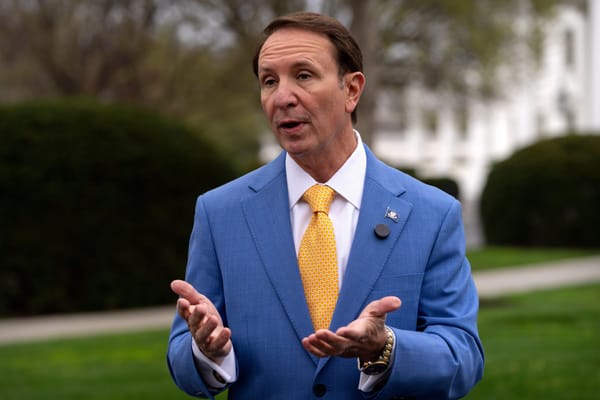Internet Pioneer Says Interconnection Relevant to Last-Mile Access
Internet Exchange Points are distinct from data centers, and affect latency, cost and resiliency of a network.
Teralyn Whipple

DENVER, August 9, 2024 – State broadband and industry leaders must work together to build internet exchange points (IXP) in locations where they do not exist in the United States, urged experts at a Mountain Connect conference on Wednesday.
IXPs are distinct from data centers, which are sometimes criticized for their large energy consumption. Where data centers are used by companies to host data infrastructure, IXPs are a physical location where multiple internet service providers and network operators come together to exchange internet traffic, clarified Hunter Newby, co-founder and former director of Telx.
Think of the physical infrastructure as layer zero in a network diagram, said Newby, referring to the layers of infrastructure that enable internet traffic. An IXP facilitates the meeting of different providers on that physical layer.
IXPs are the carrier hotels that route traffic from all types of carriers, from local internet providers to transport networks to tier one careers to cloud and content networks.
“You can’t get access to thoroughfare unless this stuff is built and is controlled by a neutral party. Otherwise, you are beholden to whoever owns and controls that and they may not have the same interests that you do,” said Newby.
A neutral IXP is one that is not run by a carrier and can provide an equal footing for all types of traffic.
Now, Newby and the non-profit Connected Nation have entered into a joint venture to build more IXPs in areas outside the big U.S. cities.
Connected Nation Vice President Brent Legg said that communities that do not have an IXP are at an inherent disadvantage for internet connectivity because they are fully dependent on an IXP that may be hundreds of miles away, often in another state.
The amount of latency in a network is directly correlated to the distance from an IXP, Legg said. He added that IXPs reduce cost and improve network resiliency by naturally creating new network paths into a community hub. Despite this, 14 states do not have an IXP within their boundaries.
Legg said that U.S. policymakers and industry leaders need to think about improving the quality of American internet connection through an investment in IXPs. According to the internet society, of the 630 registered IXPs in the world, 229 are in Europe whereas only 126 are in North America.
Connected Nation and Newby are partnering to bring more IXPs into the United States. They identified 125 American cities that they will work with to start investments into these facilities. “This is ultimately where these types of facilities need to be developed to keep rural America, particularly, from falling further and further behind from a latency, cost and network resiliency perspective if we are not active to fix this problem now,” said Legg.
Tonya Witherspoon, associate vice president for industry engagement and applied learning at Wichita State University, added that universities are a great collaboration for states looking to improve internet access through IXPs.
Wichita State University is partnering with the joint venture to build an IXP on their campus in Kansas.









Member discussion